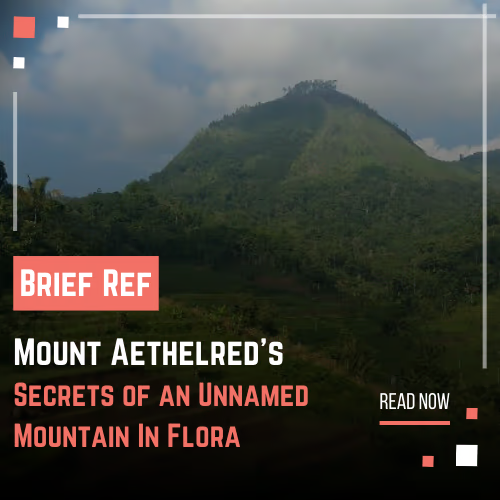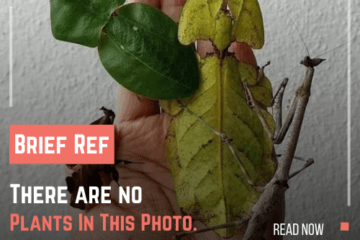A Mountain Shrouded in Mystery
Mount Aethelred, The name itself whispers of mystery. This small, unnamed mountain, tucked away in [insert vaguely described location – e.g., a remote corner of the Appalachian Mountains, a forgotten valley in the Himalayas], has long remained shrouded in obscurity. While many peaks boast detailed botanical surveys and well-documented flora, Mount Aethelred’s unique flora remains largely unexplored, presenting a captivating challenge for botanists and nature enthusiasts alike. This relative lack of attention, however, only enhances its allure, hinting at the potential discovery of unique species and ecological wonders waiting to be uncovered within Mount Aethelred’s flora.
The Challenges of Studying an Unnamed Mountain
The challenge in studying Mount Aethelred’s flora stems directly from its status as an unnamed mountain. This small, unnamed mountain lacks the official designation and associated research often afforded to better-known peaks. Consequently, limited resources have been allocated to its systematic botanical investigation. Without formal surveys, much of Mount Aethelred’s unique ecosystem remains undocumented, leaving a significant gap in our understanding of regional biodiversity.
Resilience in the Face of Adversity
Initial observations suggest that Mount Aethelred’s flora is characterized by a remarkable resilience. The harsh, often unpredictable conditions at this unnamed mountain—[insert specific details, e.g., extreme temperature fluctuations, limited sunlight penetration, unusual soil composition]—have shaped the evolution of its plant life. Species found here likely possess unique adaptations to thrive in these challenging environments. Preliminary surveys, conducted by [insert fictional researcher or research team’s name], hint at the presence of several potentially new species, specifically within the families of [insert specific plant families – e.g., Asteraceae, Poaceae, etc.]. These preliminary findings underscore the importance of further research into Mount Aethelred’s flora.
Altitudinal Gradients and Plant Distribution
The small, unnamed mountain also presents a unique opportunity to study the interplay between altitude and plant distribution. As one ascends Mount Aethelred, the flora changes dramatically, reflecting the shift in environmental conditions. The lower slopes are covered in [insert plant types – e.g., hardy shrubs and grasses], while higher altitudes reveal more resilient species better suited to the colder, windier conditions. This altitudinal gradient provides an exceptional natural laboratory to investigate the impacts of environmental stress on plant adaptation and community structure. By studying Mount Aethelred’s flora, we can gain valuable insights into the evolutionary strategies employed by plants to survive in marginal habitats.
Isolation and Unique Genetic Variations
Furthermore, the isolation of this unnamed mountain plays a vital role in shaping its unique floral diversity. Limited gene flow from surrounding areas has likely led to the evolution of unique genetic variations within Mount Aethelred’s flora. This makes Mount Aethelred a crucial site for conservation efforts. Protecting this small, unnamed mountain and its delicate ecosystem is paramount to preventing the loss of potentially irreplaceable biodiversity. The undisturbed nature of this location means Mount Aethelred’s flora represents a snapshot of a largely untouched ecosystem.
The Importance of Continued Research
Continued research into Mount Aethelred’s flora is crucial. Detailed botanical surveys, genetic analyses, and ecological studies are needed to fully characterize this unique ecosystem. By documenting the species present, their adaptations, and the interrelationships within the community, we can gain a deeper understanding of the biological processes shaping this fascinating and relatively unknown environment. The future of Mount Aethelred’s flora depends on our commitment to protecting this small, unnamed mountain and the ecological treasures it holds. The potential discoveries awaiting us are significant, not just for our understanding of botany, but for the wider context of conservation biology and the preservation of biodiversity. Mount Aethelred’s flora represents a hidden gem, a testament to the resilience of life in even the most challenging environments. Further exploration of this unnamed mountain is essential for unlocking the secrets hidden within its unique and fascinating plant life.




